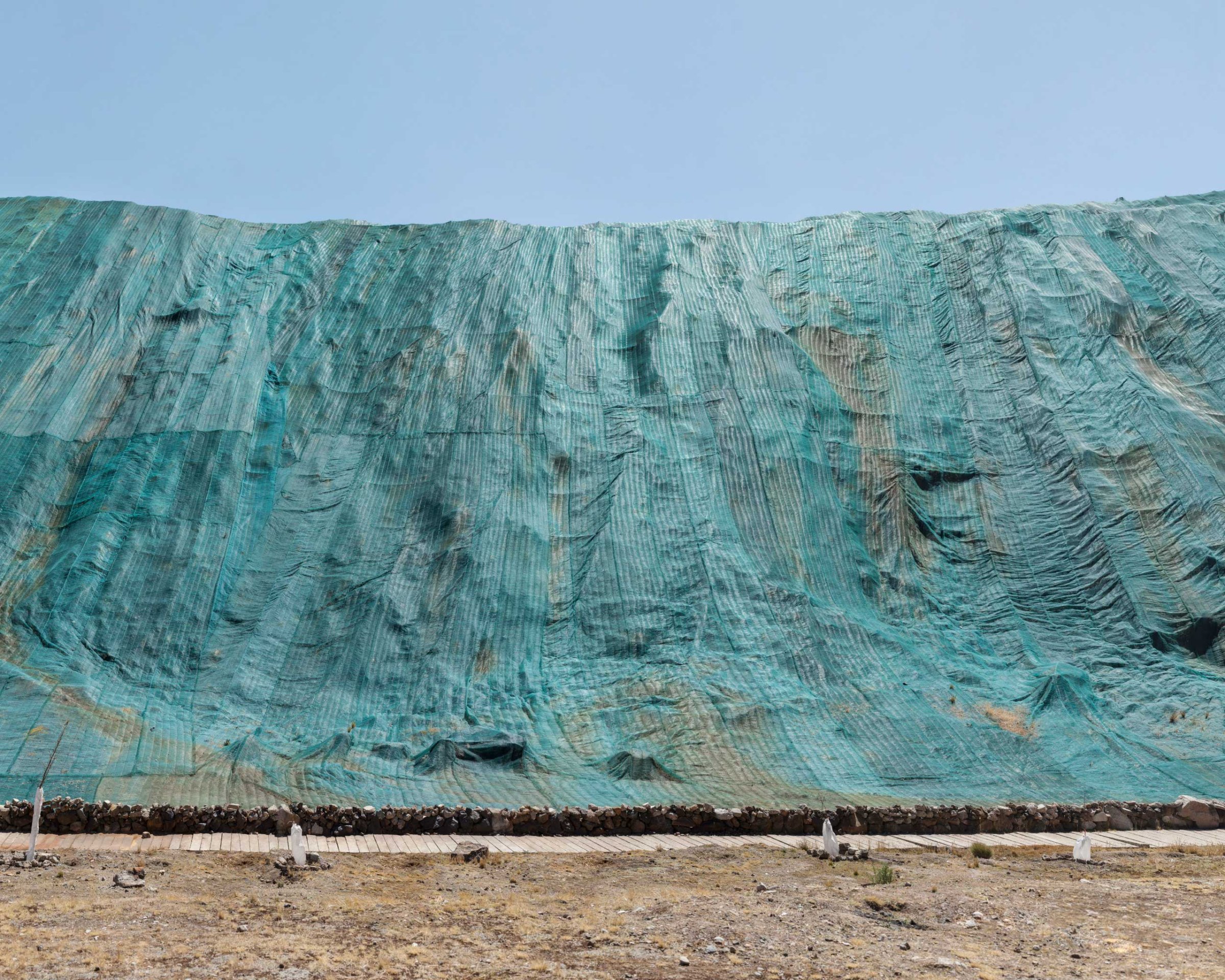
Peru’s modern geographical landscape is as complex as its politics. While the country has experienced profoundly rapid expansion in the last decade – GDP growth more than doubled since 2000 and the mining sector grew by 23% in a single month – almost half the population is still in the bottom socioeconomic class.
Photographer Eduardo Hirose has spent the last three years documenting a country in the throes of that transformation – from Lima’s skyscrapers to the maze of mines in Pasco and Cajamarca. “The work is a personal project called Expansión,” which explores through the landscape and constructions, the changes marked by the activities that thrived during the economic boom. “It’s a kind of a footprint,” Hirose tells TIME.
Hirose grew up in Peru’s capital, Lima, where he still lives. He says expansion in his country has always been a situation where “the more you know, the less you understand.” He has spent the last few years “photographing non-stop” to help him make sense of Peru’s knotty political, economical and social prospects. “For now, the project is like a big question [mark],” he says. “I think it’s time to sit and see everything I’ve produced… and meditate. Complex situations are understood over time. Maybe that is the reason my projects take me so long.”
Hirose began the work intuitively, but as it developed he became more closely focused on the impact of economic growth – from issues of migration to reports of corruption. But he doesn’t consider his work to be political and he does not pretend to ‘raise awareness’ about the impacts of manmade intervention. “While I can show a landscape devastated by mining, my work does not try to judge if changes in my country are good or bad,” he says.
Expansión 1, begun in 2013, focused on cityscapes. For that chapter, Hirose was drawn to the subject of the façade and the proliferation of windowless buildings, known as “blind walls” that were popping up across the city. “It is an aggressive way of marking the boundaries of a property,” he says. Lima was an obvious starting point for the work as it displayed the most rapid urban transformation. “Then I decided to explore what was happening in other regions in relation to the economy,” says Hirose. “Pasco and Cajamarca were relevant because they are regions with a lot of mining activity.”
In Expansión 2, which he began in 2016, Hirose left the cities to trace the source of economic activity. Here quarries, illegal gold mines and tailing basins form the skyline. In place of the heavy set, almost Brutalist, buildings of Expansión 1, lie skeletal terrains, softly bleak and hazily abstract. Away from the jumbled mass of the metropolis, real and constructed horizons converge.
Many of the “sudden changes” brought by expansion are executed “without planning or understanding about the city and the citizen,” says Hirose. He puts this down to Peru’s need to “take advantage of something never before experienced;” a sudden explosion of growth, widely known as the Peruvian Miracle. “Concrete seems to be a way in which development is expressed in our country,” he adds.
As Hirose points out, for some, construction means development and a better quality of life, for others the opposite is true. “I think that we only think about the facts and not the consequences,” he adds. And though man’s interference is everywhere, the landscapes in his pictures lie deserted. This was partly circumstantial but also added an “interesting meaning”, says Hirose. The desert, he says, appeared to him as a “post-human vision”.
Eduardo Hirose is a Peruvian photographer, based in Lima. View more of his work here. He is a recipient of this year’s Magnum Foundation Grant.
Alexandra Genova is a writer and contributor for TIME LightBox. Follow her on Twitter and Instagram.


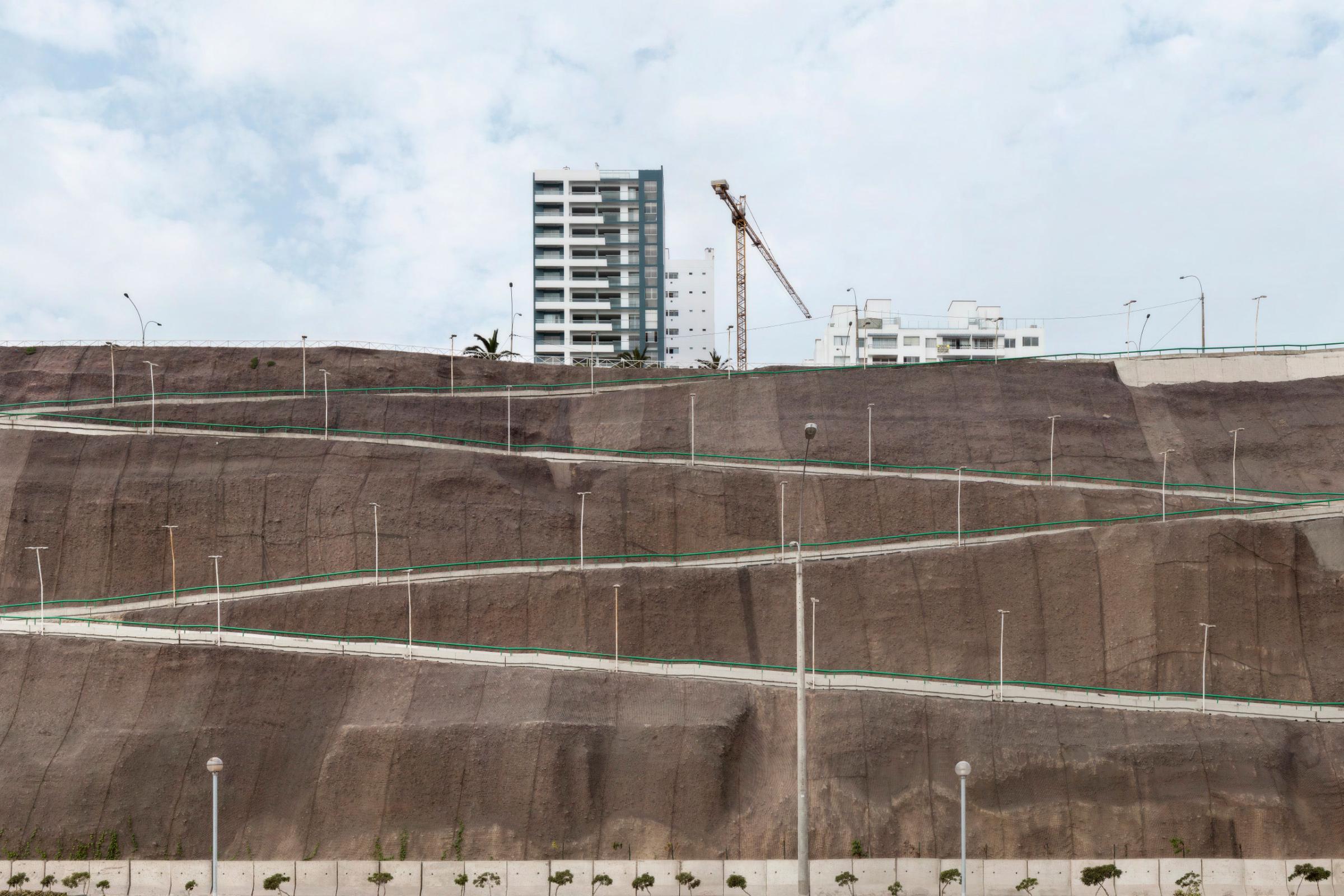

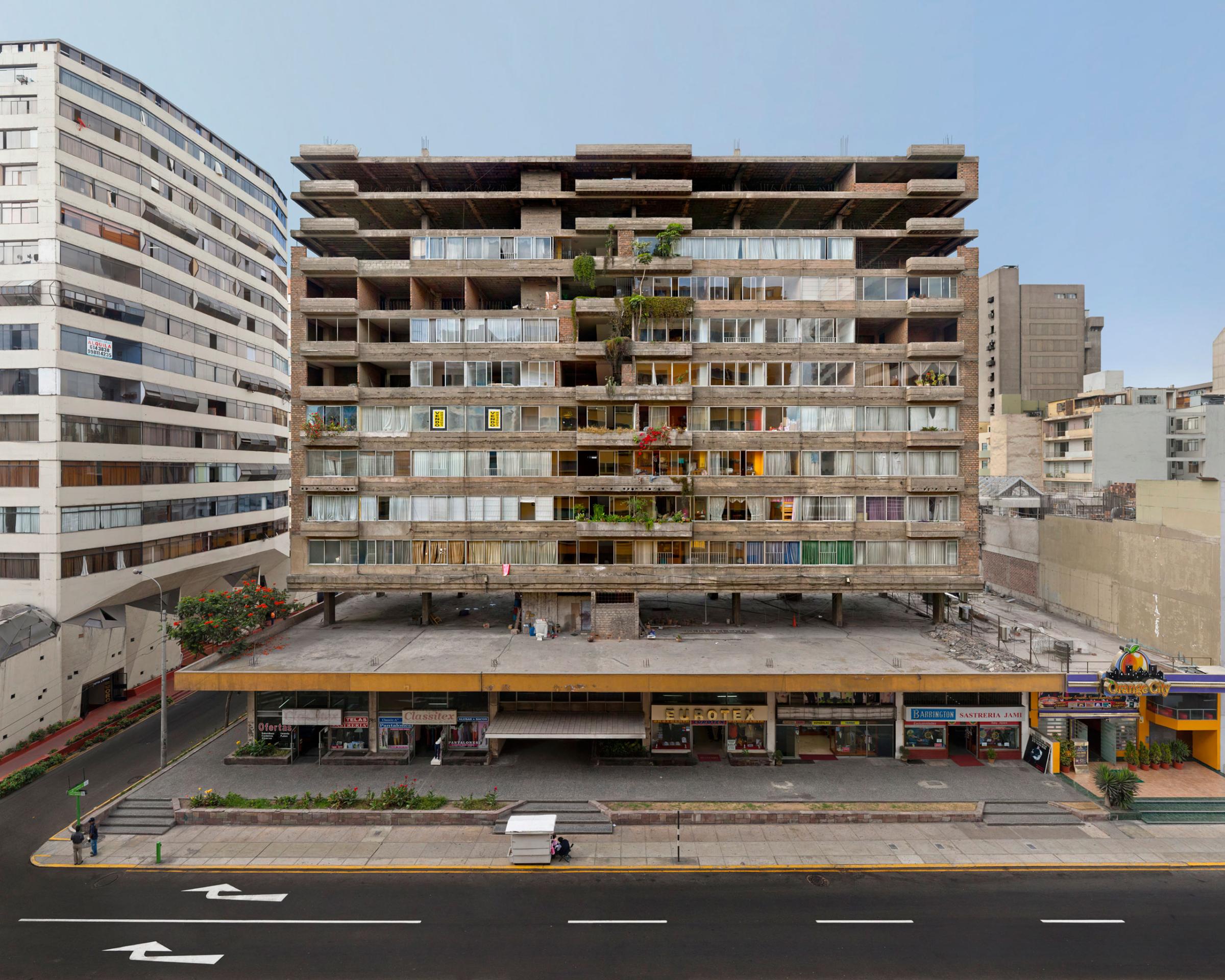
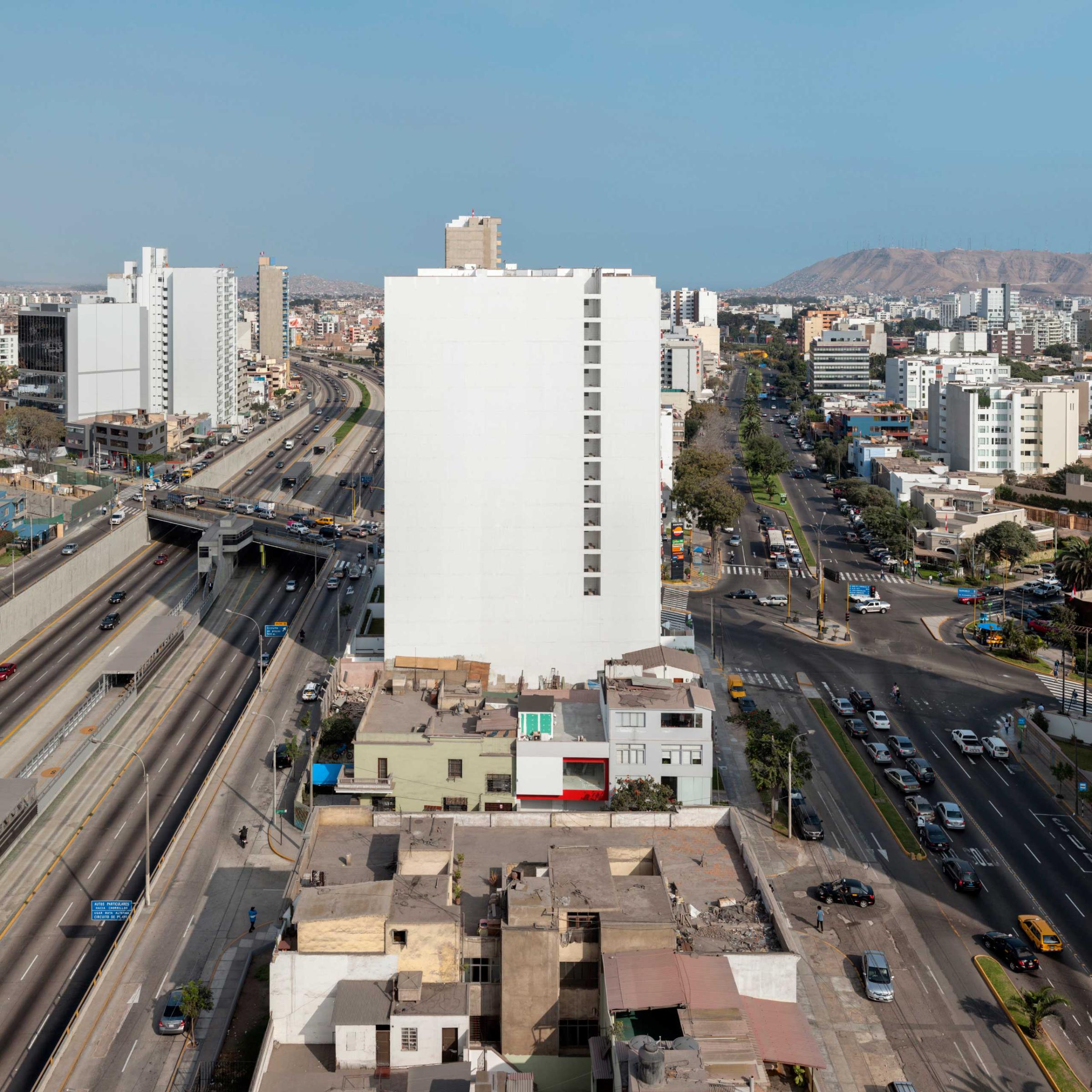
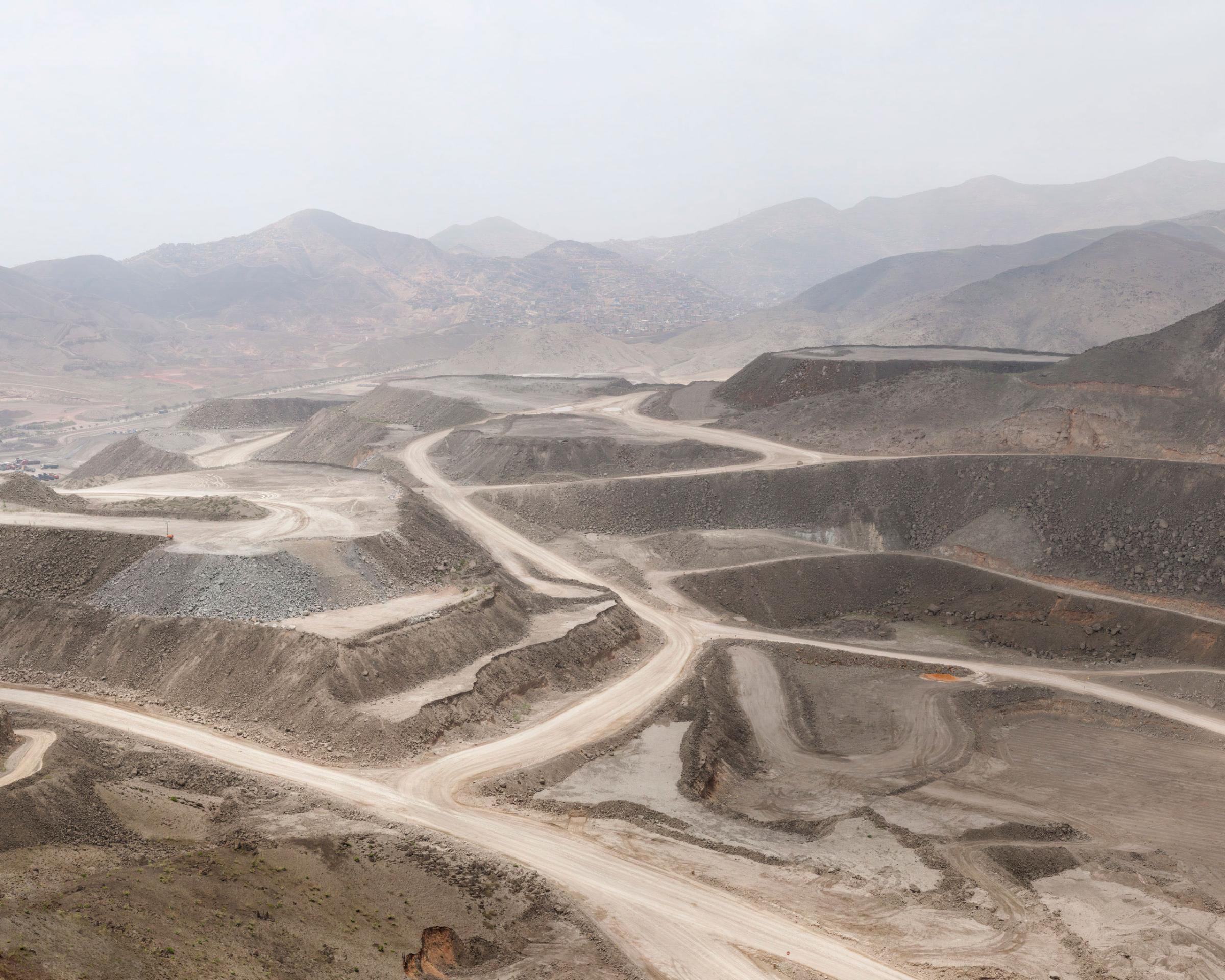
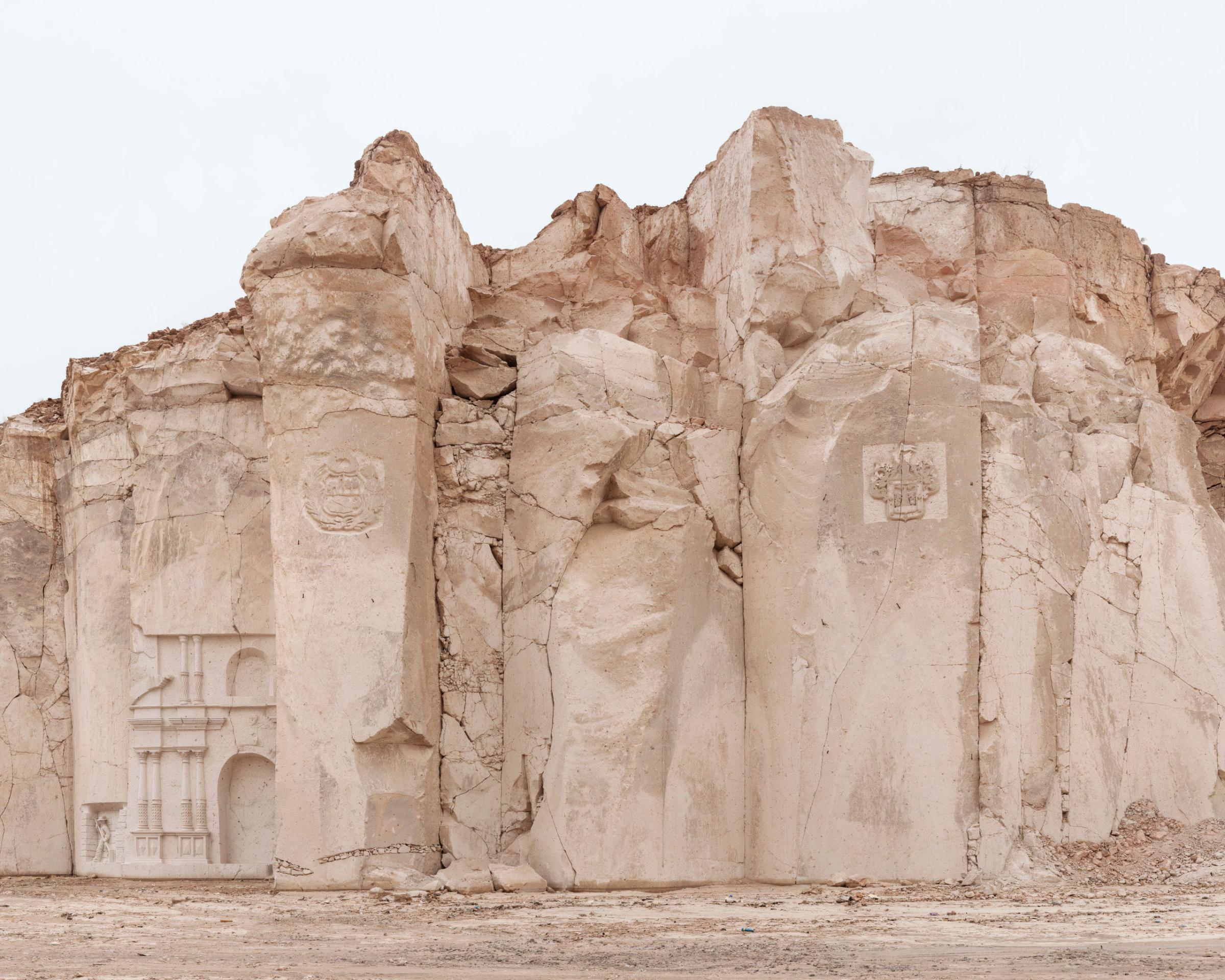

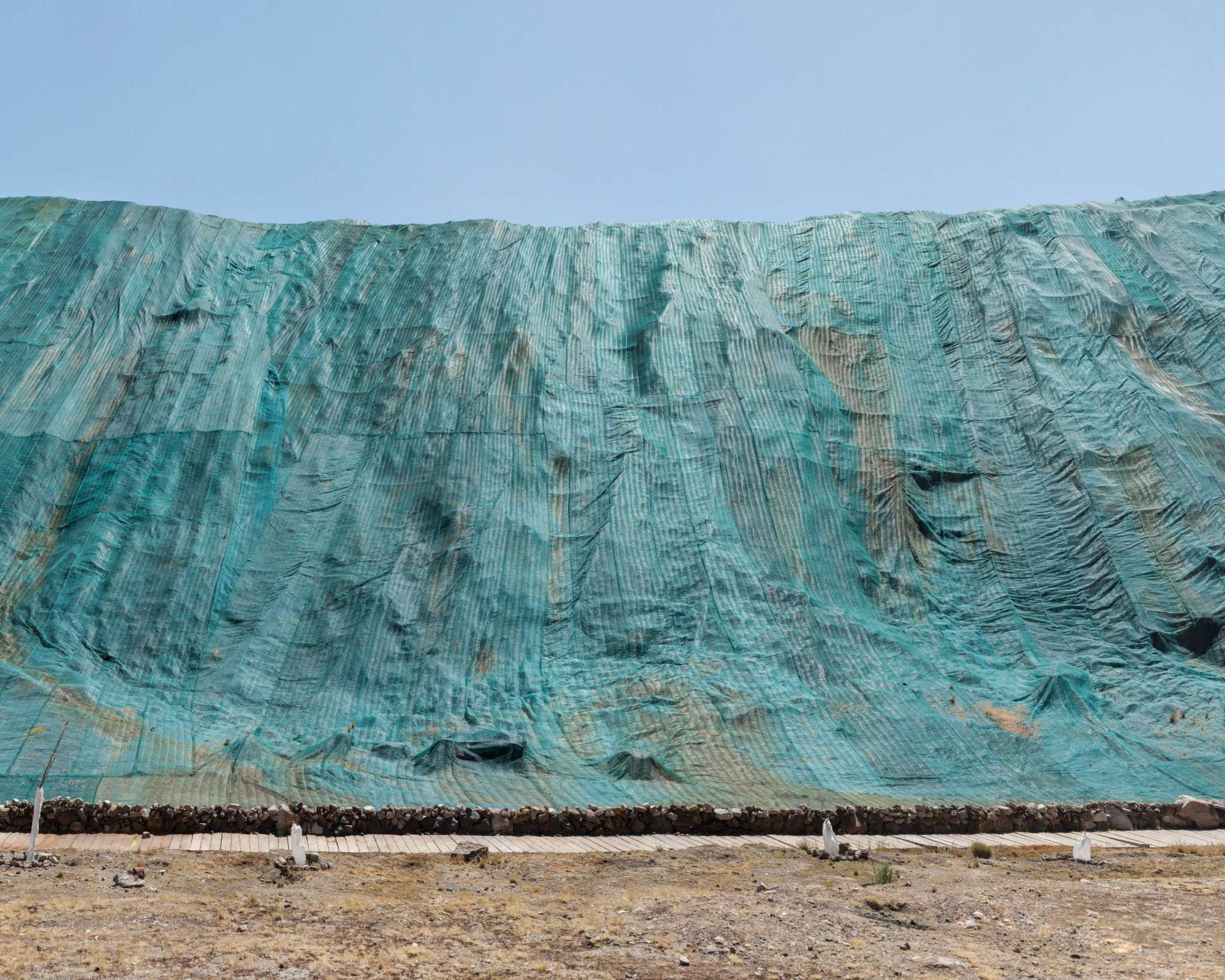

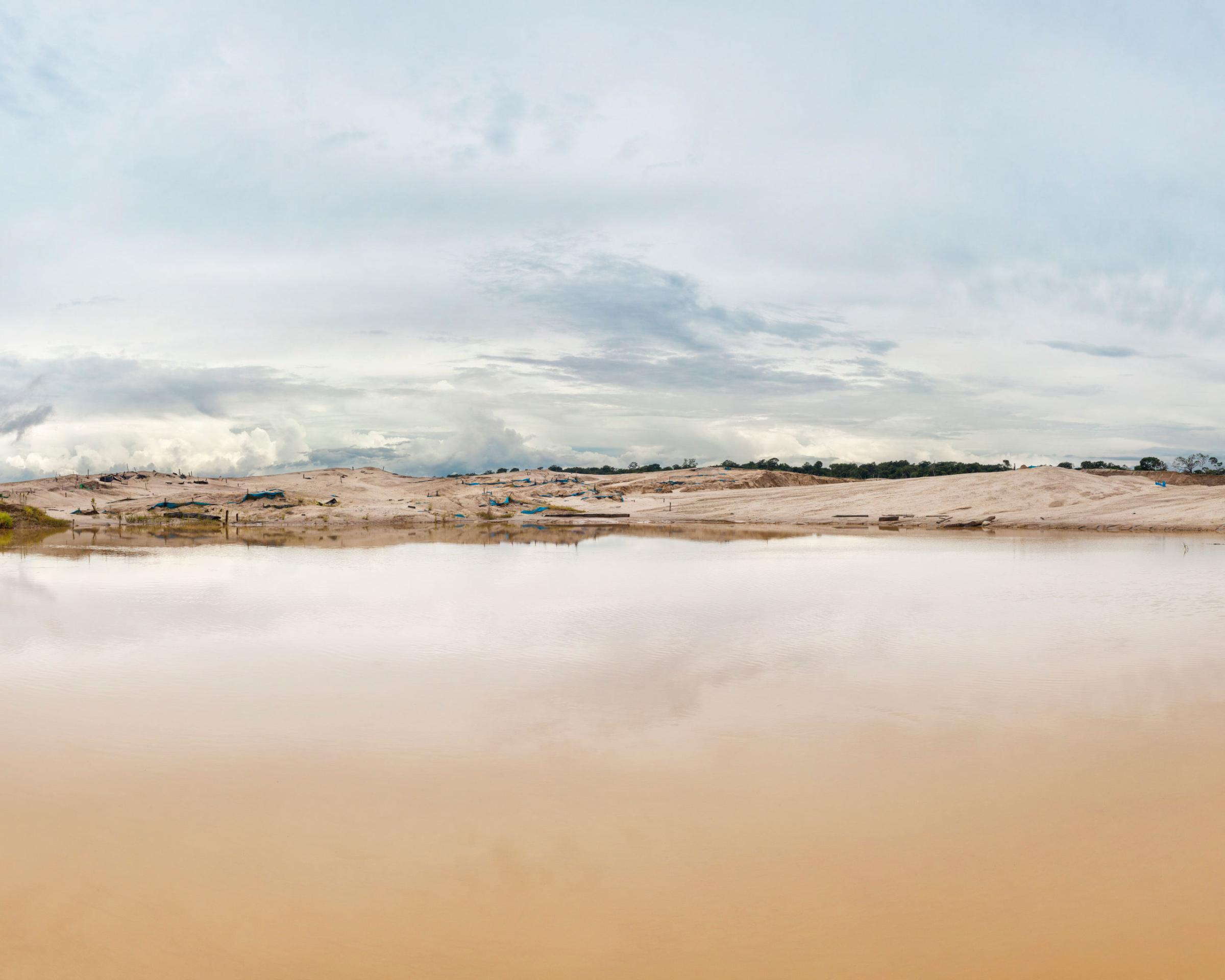
More Must-Reads from TIME
- Why Biden Dropped Out
- Ukraine’s Plan to Survive Trump
- The Rise of a New Kind of Parenting Guru
- The Chaos and Commotion of the RNC in Photos
- Why We All Have a Stake in Twisters’ Success
- 8 Eating Habits That Actually Improve Your Sleep
- Welcome to the Noah Lyles Olympics
- Get Our Paris Olympics Newsletter in Your Inbox
Contact us at letters@time.com